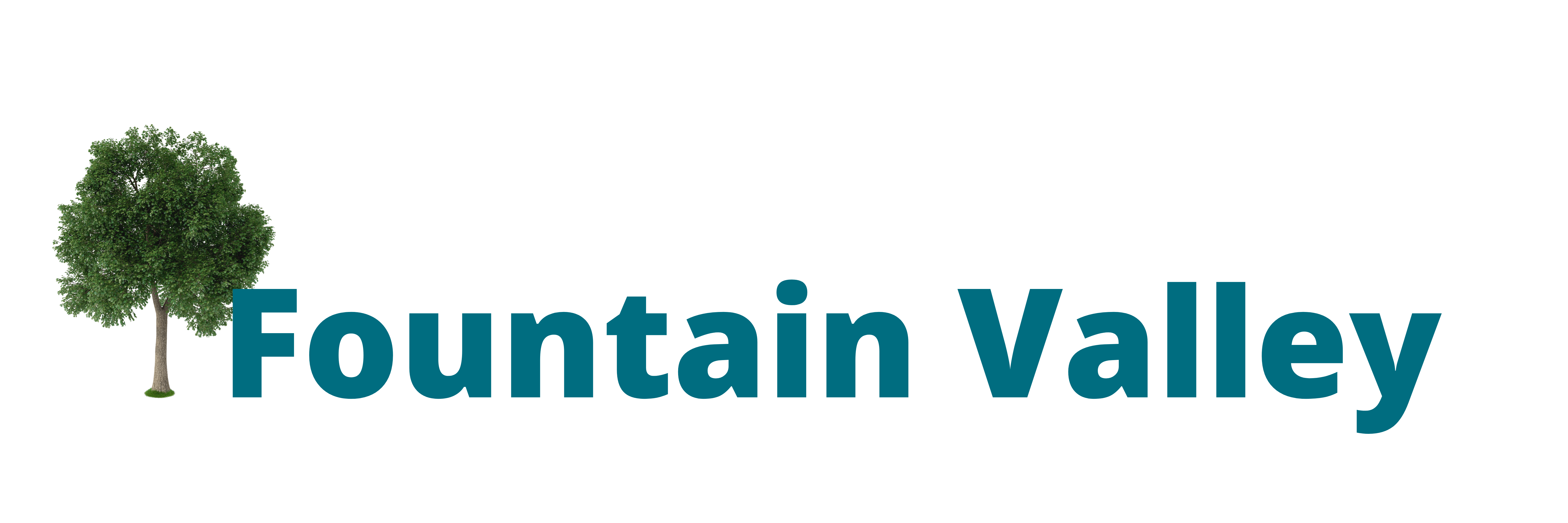
Therefore, the cost of inventories (Cost of Goods Sold, or COGS) is the same as product costs. Since inventories are recorded as assets for the manufacturers, product costs are recorded on the balance sheet in the assets section under inventories. Following accounting standards, the cost of inventory, or cost of goods sold, is any cost incurred to get inventory ready to be sold. In the case of manufacturers, it is any cost incurred to produce the products to be able to sell them. Period costs are like the backstage crew ensuring the business show runs smoothly.
Balance Sheet Classification of Deferred Expenses
Period costs immediately expense themselves, appearing on the income statement for the specific period they occurred. Product and period costs take part in the financial story, influencing the bottom line and revealing the business’s financial health. When you look at a business’s income statement or a balance sheet, product and period costs show up there, influencing different parts of these financial statements. Getting a full grasp of how the total cost is calculated is an essential part of the profitability process. It can also use the total cost formula to set prices and fulfill various marketing strategies.
How does the accounting term “period expense” differ from an operating expense?
This might involve negotiating better terms with suppliers, improving operational efficiency, or scaling production. Fixed costs might include rent and salaries, while variable costs could include supplies or hourly wages for labor. It’s important to note, though, that the formula might how to calculate total period costs need to be adjusted depending on the specific characteristics of the service. Total Fixed Costs (TFC) are costs that occur independent from your production. Fixed costs have no direct impact on production as you have to bear these costs even if your production continues at zero.
The benefits of real-time inventory tracking

These expenses are recorded as inventory on the balance sheet and become part of the cost of goods sold. They are typically incurred during the manufacturing process and may include the cost of direct materials and supplies, factory utilities and equipment setup costs. The wages and benefits paid to workers who are directly involved in production fall into this category, too. In managerial and cost accounting, period costs refer to costs that are not tied to or related to the production of inventory. Examples include selling, general and administrative (SG&A) expenses, marketing expenses, CEO salary, and rent expense relating to a corporate office.
Ask Any Financial Question

MealCo operates a small building where 40% of the area is used as offices and 60% as a production facility. 70% of the offices are for administrative employees, and 30% are for production supervisors. Today, we’re breaking down these two concepts to understand their general aspects, relationship with financial statements, and overall impact on business decision-making. These costs should be monitored closely so managers can find ways to reduce the amount paid when possible.

To Ensure One Vote Per Person, Please Include the Following Info
- If a company’s management understands both product and period costs, they can use it in improving decision-making.
- Bringing an understanding of period and product costs to a value chain or break-even analysis helps you quickly identify what types of expenses are hampering your business’s profitability.
- Product costs are often treated as inventory and are referred to as “inventoriable costs” because these costs are used to value the inventory.
- In that case, it is safe to say that the business will not be viable for long.
- Thus, most companies would consider it a period cost and account for it on the income statement directly.
- See it in action with a 15-day free trial or spare a spot at our weekly public demo to have your questions answered.
Period costs are of no less help, as they allow you to understand how well you’re running your business. Our mission is to empower readers with the most factual and reliable financial information possible to help them make informed decisions for their individual needs. The articles and research support materials available on this site are educational and are not intended to be investment or tax advice. All such information is provided solely for convenience purposes only and all users thereof should be guided accordingly. Our customers have access to a broad network of industry partnerships, EDI connections, retailer relationships, ERP, and ecommerce integrations.
Product Costs vs Period Costs: A Guide to Costs of Product
This may seem like an additional cost at first, but quality assurance (QA) is crucial to spotting errors and bugs. Without QA, your development costs could increase and your timeline can extend further than originally anticipated. Customer research may be the most important step in building and maintaining any product. Many product managers and stakeholders think they know what the customer wants. Sometimes they’re right, but when they’re wrong, the consequences could be disastrous.
Period cost vs product: calculation of product and period costs
- With a solid financial plan in place, you can identify which components are driving up your product costs and adjust accordingly.
- She works closely with small businesses and large organizations alike to help them grow and increase brand awareness.
- This approach aligns with the principle of matching expenses with revenue, providing a more accurate representation of the true cost of goods sold.
- All of our content is based on objective analysis, and the opinions are our own.

